Joining the dots: interconnectors and the energy transition

By Joe Dutton, Energy Innovation Lead at AXIS
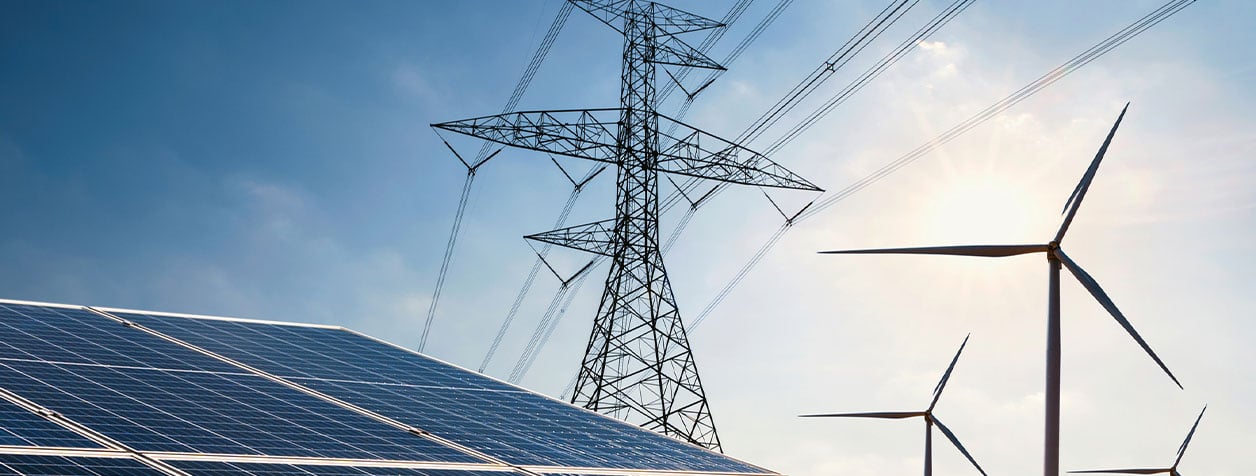
The transition to a cleaner, more sustainable and dependable energy supply requires long-term investment, commitment, leadership, and the infrastructure to deliver it effectively. A key infrastructure tool, and essential part of the current wave of infrastructure upgrades, are electricity interconnectors. These electricity transmission lines connect the grids of neighbouring countries or sections of a grid within a country.
As more diverse sources of electricity feed the grid, and supply from renewables grows, demand and need for interconnectors are also increasing. Understanding the role of interconnector projects and associated risks as they increase in number and ambition is essential for the insurance industry in developing elevated risk and insurance solutions to support energy resilience and the shift to a lower carbon economy.
What is an interconnector?
Running onshore, offshore, or both, interconnectors typically use high voltage direct current (HVDC), which allows them to carry large amounts of electricity across longer distances more efficiently and flexibly than using alternating current (AC).i
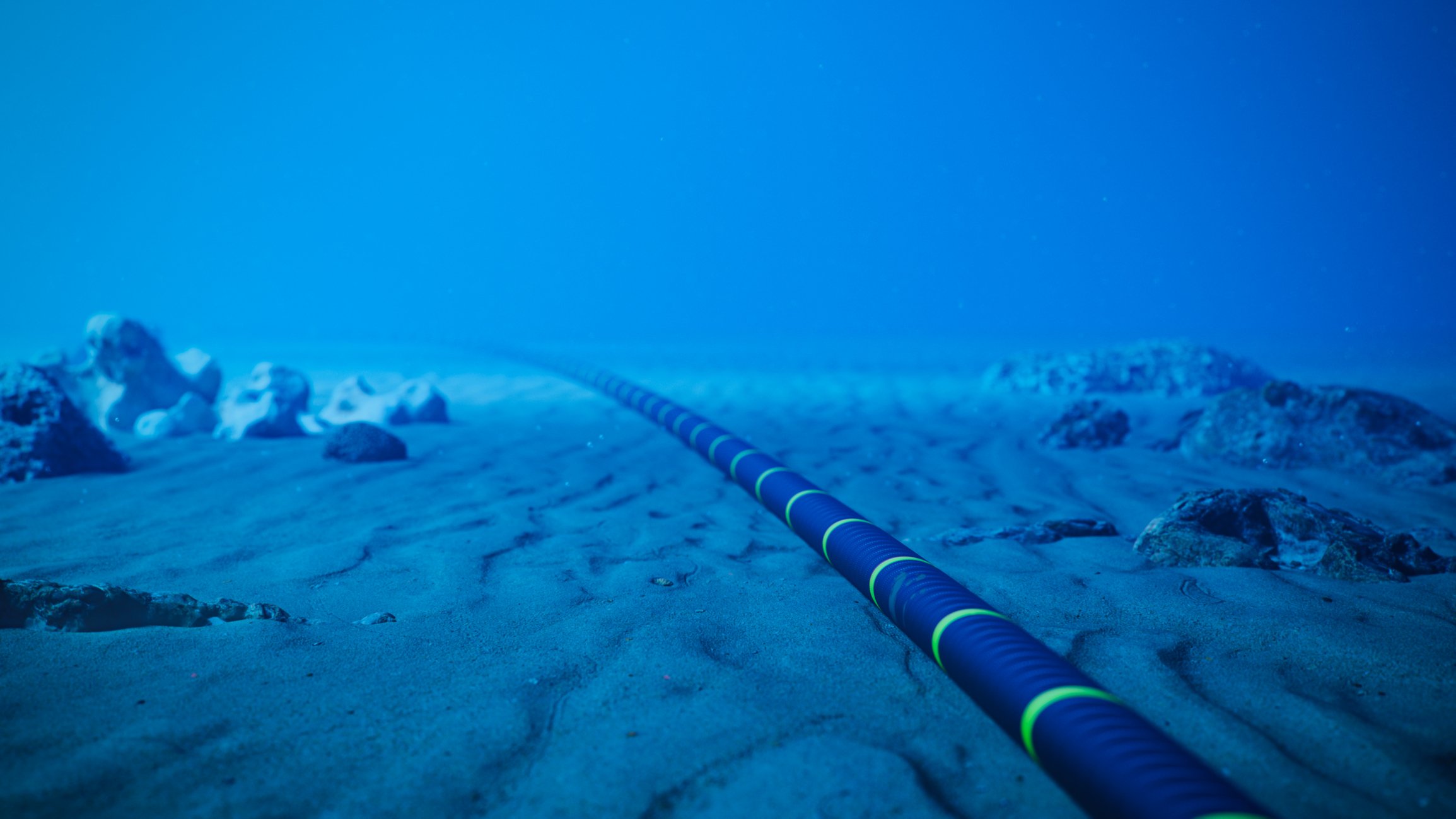
Although interconnectors generally link national electricity grids, HVDC technology is also used to link separate parts of a grid within a country and, increasingly, to export electricity from offshore windfarms to onshore.
Inherent in the role of supporting the energy transition is innovation: as well as growing distances and capacities, recent years have seen the development of multipurpose interconnectors or MPIs (also known as hybrid interconnectors) that enable offshore windfarms to feed directly into a subsea interconnector. Windfarms typically connect to shore via a single export cable, but MPIs mean any electricity can be traded between markets or sent from the windfarm to either country. This could help maximise project efficiencies and supply, and, by 2030, it is estimated one third of EU offshore wind capacity will be connected to a hybrid interconnector asset.ii
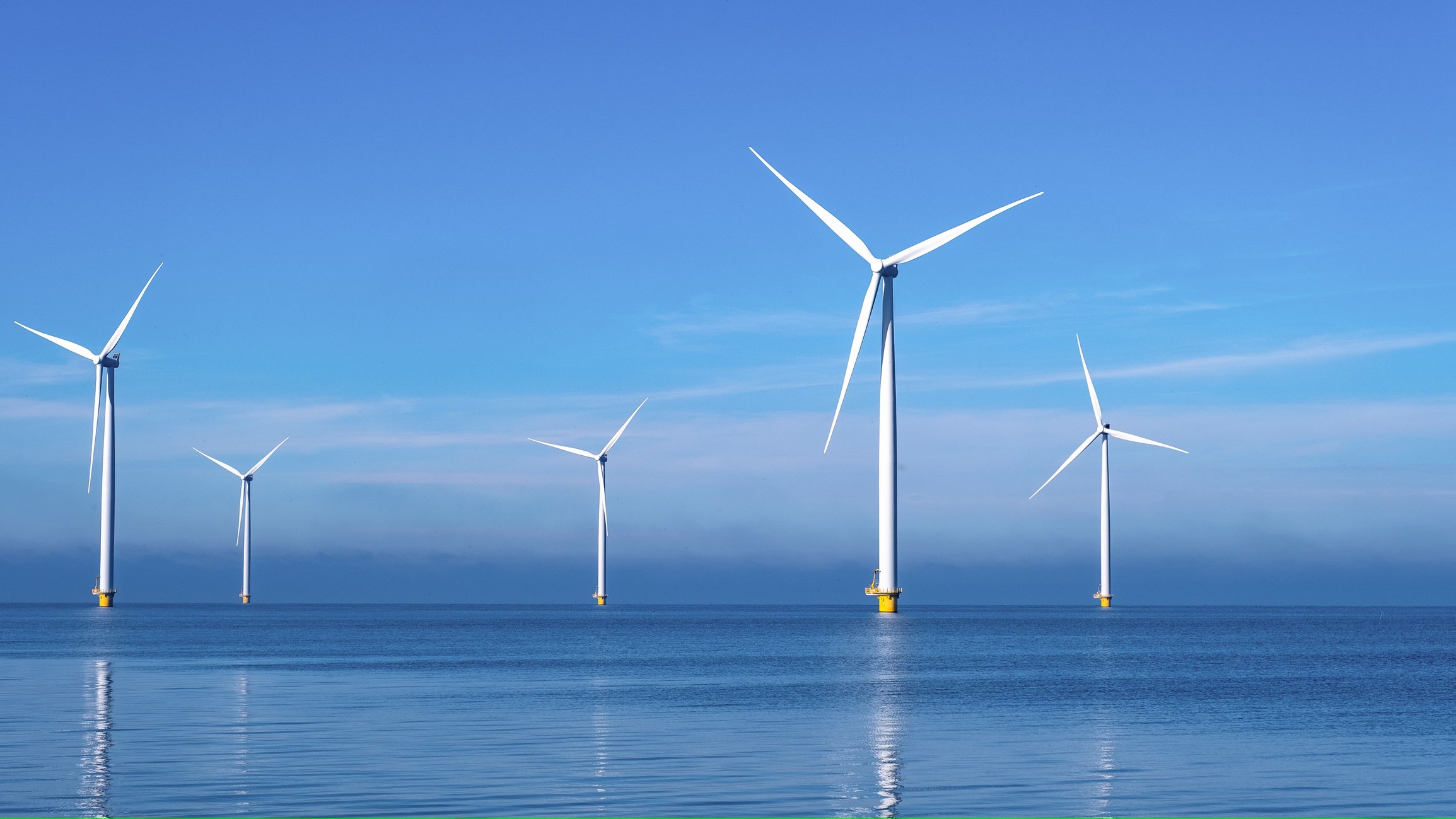
Benefits of cross-border interconnection
Much of the grid investment happening across the world is to upgrade existing networks and make them fit for a more decentralised power grid with intermittent renewables supply. Interconnectors are part of this wave of upgrades and can deliver four specific benefits:
- Energy security
- System flexibility
- Decarbonisation
- Lower wholesale electricity prices
Energy security
Interconnectors boost energy security by allowing countries to complement domestic generation with imported electricity from neighbouring markets. A key example is the UK, where, in 2023, its nine interconnectors (connecting to six countries) supplied over 11% of its power—more than solar and biomass.iii Their growing importance for the UK was underlined early in 2025 when imports were crucial in addressing supply concerns on days with low wind generation and high demand because of cold weather.iv The 1.4GW Viking Link interconnector between the UK and Denmark finished in 2023 is the world’s longest land and subsea interconnector at 756kmv, while the UK’s newest interconnector, Greenlink to Ireland, went live in January.
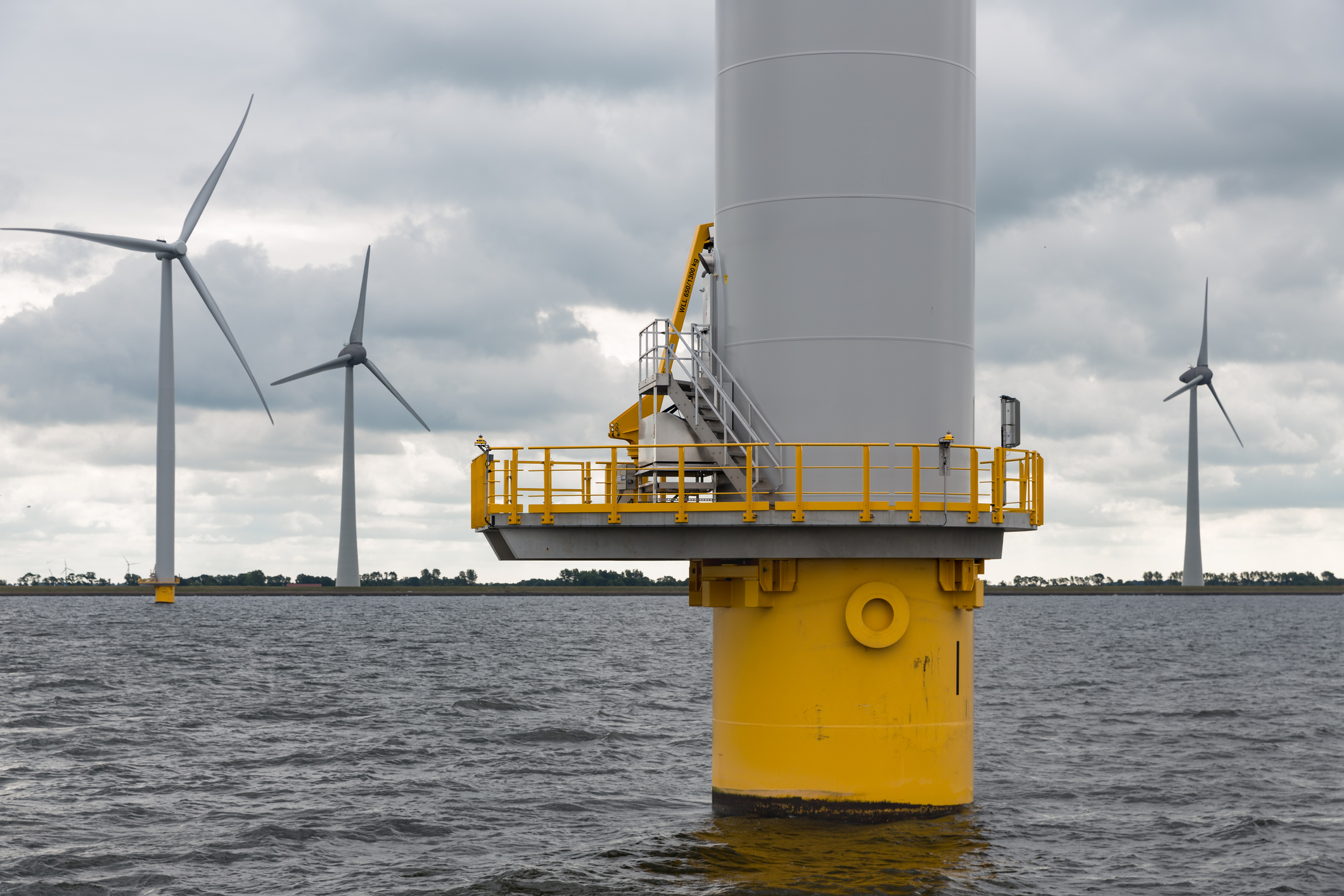
While bringing significant advantages and strengthening energy security, the longer distances, larger capacity and more complex engineering of these interconnectors also create risk and provide challenges, including becoming targets amid geopolitical tension and conflict.
System flexibility
Interconnectors help grids manage the intermittency of renewables by exporting electricity in periods of high renewable energy production and importing when output is low, therefore supporting the balance of supply and demand. This flexibility also reduces the need for curtailment, where generators are paid to reduce output because of grid congestion or low demand. Connecting across a wider region can also reduce the impact of local weather conditions and geographic variability on renewables output.
Decarbonisation
The system flexibility through connecting to other grids supports decarbonisation by allowing more renewable energy to be connected to the grid. The ability to export helps address the variability in renewable generation, and it provides an alternative route to market for renewables generators. This also allows imports from neighbouring countries that may have cleaner power supply; for example, the UK can import electricity generated by nuclear from France or hydro from Norway. Planned projects in the Mediterranean like X-Links (Morocco-UK)vi and GREGY (Egypt-Greece)vii would also import clean power from North Africa into Europe.
Lower wholesale electricity prices
The direction of electricity movement across the interconnector is generally determined by price: electricity flows from a cheaper market into a premium market that has higher prices. This has the effect of lowering wholesale power prices in the importing market, saving money on energy costs in the longer term.viii The ability to import electricity can also help avoid over-building domestic power generation capacity that is more expensive than importing.
Risk considerations
As modern interconnector projects increase in scale and complexity to meet current day challenges, they face multiple risks across development and operation.
Costs: Offshore projects can take over a decade to complete from planning to operation, and delivery times are growing as projects have higher capacities, which also contributes to rising costs. The UK’s Viking Link cost £1.7 billion, while the 1.4GW NeuConnect to Germany is expected to reach £2.4 billion when complete.ix
Environmental: During offshore construction, working in a subsea environment brings unique considerations, including seabed conditions, geology, and weather conditions. In areas like the North Sea high amounts of unexploded ordnance (UXO) on the seabed from historic conflicts also presents a risk in construction.x
Human: Contractor error is also a key risk, with significant damage from mishandling cables during transport, storage, and installation an issue. In congested environments like the North Sea, crossings with other infrastructure like oil pipelines also need careful consideration during construction to ensure there is no damage.
Operational: Once in use, interconnectors face different risks. While seabed conditions can remain a challenge, in busy shipping areas like the North and Baltic seas, the threat of damage from anchors and vessels is constant, with reported incidents of anchor drag severing interconnectors.xi As with cables for offshore wind, as more projects are built, so the number of incidents will increase.
Geopolitical: Although a tool of energy security, interconnectors are increasingly becoming targets amid political instability in Europe. In December 2024, an oil tanker was suspected of deliberately damaging Estlink 2 from Finland to Estonia in the Baltic Sea, after a period of rising tension in northern Europe.xii In recent years countries including Germany and the UK have boosted their underwater naval capabilities and deployed vessels to protect marine infrastructure, while NATO has established the Maritime Centre for the Security of Critical Undersea Infrastructure unit.xiii
Conclusion
Energy transition, energy security, and achieving net zero ultimately rest on a commitment to investing in transmission infrastructure to move around clean power. While domestic grid expansion and upgrades to connect renewables is at the core of this, cross-border interconnectors are equally important in the energy infrastructure jigsaw.
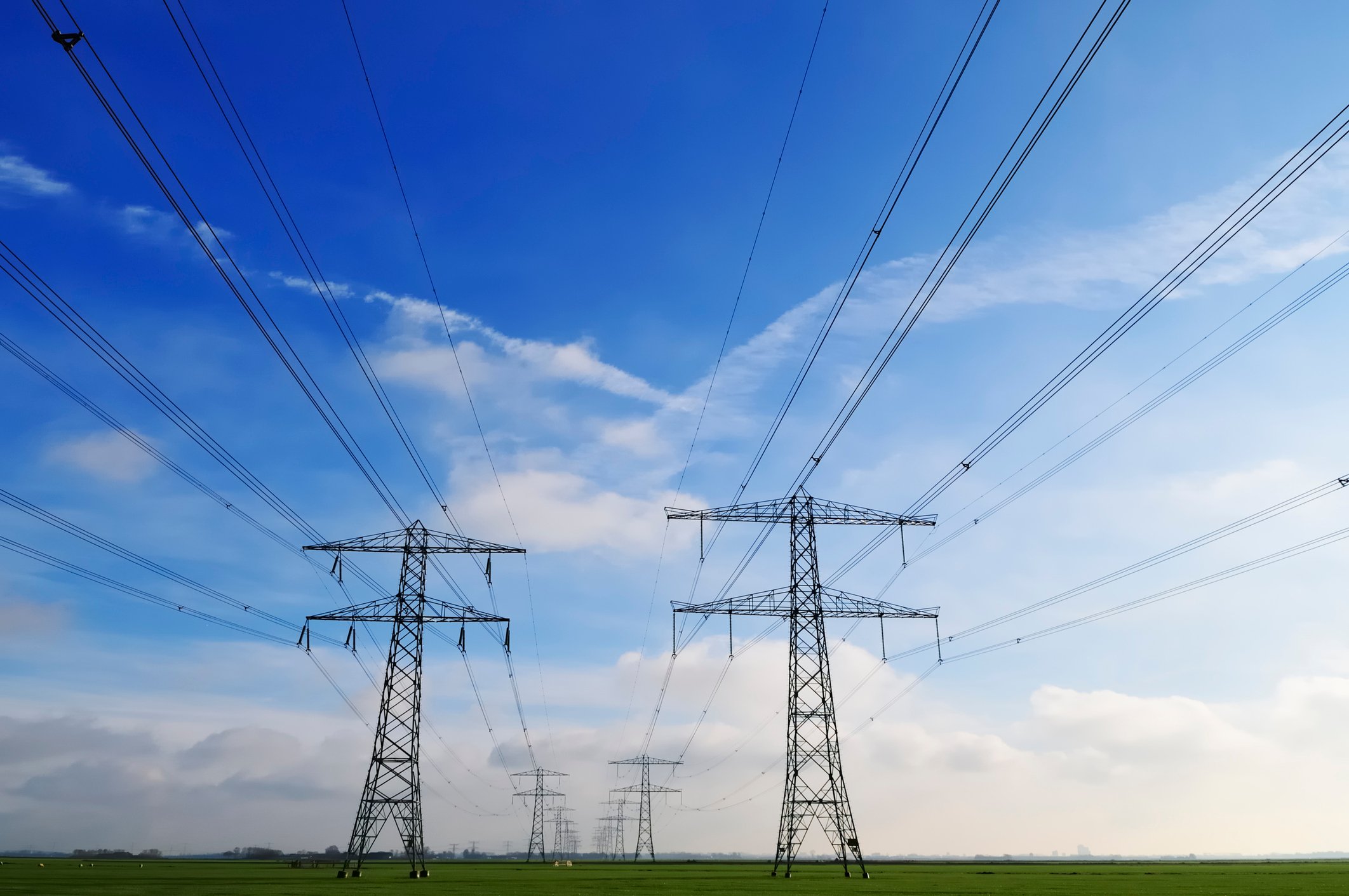
Managing the multiple risks that come with the rapid, essential expansion of interconnector projects requires informed insurance partners that understand the complex risks and opportunities they bring. In a dynamic environment, it is all the more important to have specialist insurers and brokers that take a long-term view of risk and deliver the elevated solutions to address the unique challenges associated with the energy transition.
References
- i National Grid 13784-High Voltage Direct Current Electricity – technical information.pdf
- ii WindEurope (2023) EU and Industry launch new project charting the way for interconnected offshore wind farms and energy islands | WindEurope
- iii NESO (2024) Britain's Electricity Explained: 2023 Review | National Energy System Operator
- iv NESO (2025) What happened with margins on 8 January? | National Energy System Operator
- v National Grid (2024) National Grid’s Viking Link interconnector recognised by GUINNESS WORLD RECORDS™ | National Grid Group
- vi XLinks (2025) Xlinks Capturing and Connecting the Power of Nature
- vii Balkan Green Energy News (2024) Greece, Egypt to lean on wind power in GREGY subsea interconnection project
- viii Modo Energy (2024) Interconnectors in GB: how do they operate? - Research | Modo Energy
- ix NeuConnect (2024) ‘Invisible energy highway’ between UK and Germany starts to take shape with NeuConnect cabling works now underway - NeuConnect Interconnector
- x BBC (2024) The bomb-hunters scouring UK waters for unexploded weapons - BBC News
- xi 4C Offshore (2018) France-UK Interconnector severed due to vessel collision during Storm Angus | 4C Offshore News
- xii Reuters (2024) Finland finds drag marks on Baltic seabed after cable damage | Reuters
- xiii NATO (2024) Allied Maritime Command - NATO officially launches new Maritime Centre for Security of Critical Undersea Infrastructure
Please try another search term our browse our insurance and reinsurance solutions.

